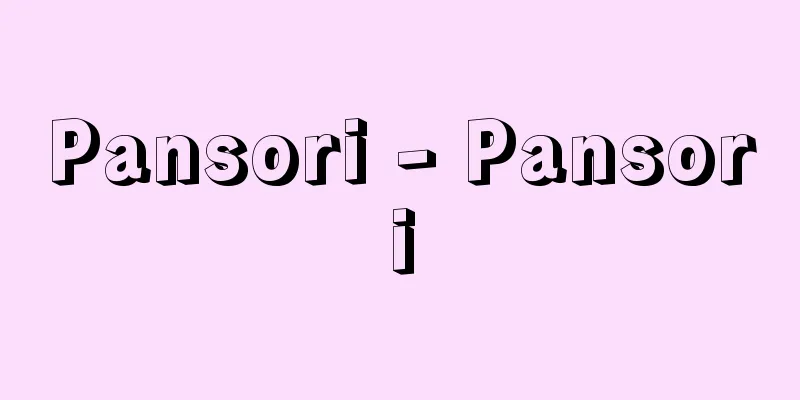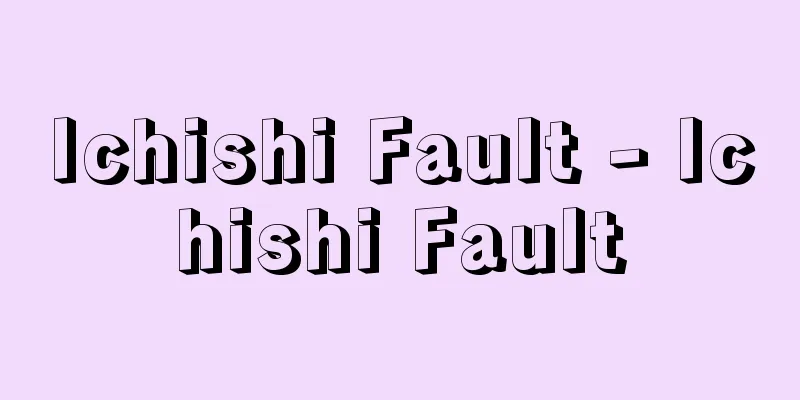Pansori - Pansori

|
A Korean oral art form. It is a compound word of pan (place, square) and sori (sound, voice, song). It is a storytelling performance sung to the tune of Jeolla Province with three main elements of jang (singing), aniri (white, narration), and balrim (movement). With a hand fan or handkerchief in hand, one person sings several roles to the accompaniment of a drum. It is thought to have emerged about half a century after the late 16th century, when the literature of commoners of the Yi Dynasty rose to prominence. It is heavily influenced by muga (shaman's song), perhaps because it was often performed by gwandae (entertainers) of shamanistic origin. The gwandae performed the pieces on their own, but Shin Jae-hyo, who was later called the "father of pansori," systematically reorganized the scripts and singing style in the late 19th century. Of the 12 pieces he rearranged, five are still performed today: "Song of Chunhyang," "Simcheongga," "Heungboga," "Sugungga," and "Jeokbyeongga." There are three singing styles: Dongpyeon, Seopyeon, and Chunkohjae, and three tones: Pyeongjo, Ujo, and Gyeongmyeongjo. When pansori is dramatized, it is called changgeuk. Famous singers include Hamokgam, Choi Sondal, and Si Deok-sam in the past, Kim Chang and Song Man-gab in recent times, and Park Nok-ju and Kim So-hee in the present. [Kim Ryoki] "Pansori - Chunhyangga, Shinjeongga, and others" by Shin Jae-hyo, translated and annotated by Kang Han-young and Tanaka Akira (Heibonsha, Toyo Bunko) [Reference] |Source: Shogakukan Encyclopedia Nipponica About Encyclopedia Nipponica Information | Legend |
|
朝鮮の口唱芸能。パン(場、広場)とソリ(音、声、謡(うた))の合成語。チャン(唱)、アニリ(白、語り)、バルリム(所作)を三大要素に全羅(ぜんら)道の曲調にのせて歌い語った語り物。手扇やハンカチを手に、太鼓の伴奏で1人で数役を演唱する。李朝(りちょう)の平民文学が台頭した16世紀後半から約半世紀の間に発生したとみられている。巫俗(ムソク)系の広大(クワンデ)(芸人)がよく演唱したためか巫歌(ムガー)の影響が非常に濃い。広大たちがかってに演唱していたものを、のちに「パンソリの父」とよばれた申在孝が19世紀後半に台本と唱法を体系的に整理再編した。彼の再編した12編のうち、『春香歌』『沈清歌』『興甫歌』『水宮歌』『赤壁歌』の5編が現在も上演されている。唱法には東便(トンピョン)・西便(ソピョン)・中古制(チュンコジェ)の三つと、平調(ピョンジョ)・羽調(ウジョ)・界面調(ケミョンジョ)の三つの調子がある。パンソリを演劇化したものを唱劇という。名唱に、古くは河漠潭、崔先達、椎得三、近くは金昌、宋萬甲、現在は朴緑珠(パクロクチュ)、金素姫(キムソヒ)らがいる。 [金 両 基] 『申在孝著、姜漢永・田中明訳注『パンソリ――春香歌・沈静歌他』(平凡社・東洋文庫)』 [参照項目] |出典 小学館 日本大百科全書(ニッポニカ)日本大百科全書(ニッポニカ)について 情報 | 凡例 |
Recommend
Cummingtonite (Cummingtonite)
Also called cummingtonite. A type of amphibole, it...
Louis [IX] - Louis
King of France of the Capetian dynasty (reigned 12...
Baal-Zebub (English spelling)
... In ancient Mesopotamia, the symbol of Nergal,...
Intal (English spelling)
Bronchi asthma Asthma It is the trademark name of ...
Leprosy
〘Noun〙 A word referring to Hansen's disease. N...
Egill Skallagrímsson
An Icelandic chieftain and poet who lived from aro...
Total Parenteral Nutrition
A method of supplying nutritional fluid to the ven...
Keill, J.
…Although it is called a calendar book, it is not...
Ardea cinerea; grey heron
Order Pelecaniformes, family Heronidae. Total leng...
A man's face is his trump card
...In 1953, she remarried director Koji Shima (di...
The Great Fear (English: Grande Peur, French)
This refers to the social unrest that began in Ju...
Italy - Bruises
...In 1697, Italian actors were ordered to leave ...
Kaigetsudo School
A school of ukiyo-e from the mid-Edo period, found...
Arzaker - To make fun of
Please see the "Zarkali" page. Source: ...
Fruit gardening - Kajuengei
This refers to horticulture that focuses on fruit...









